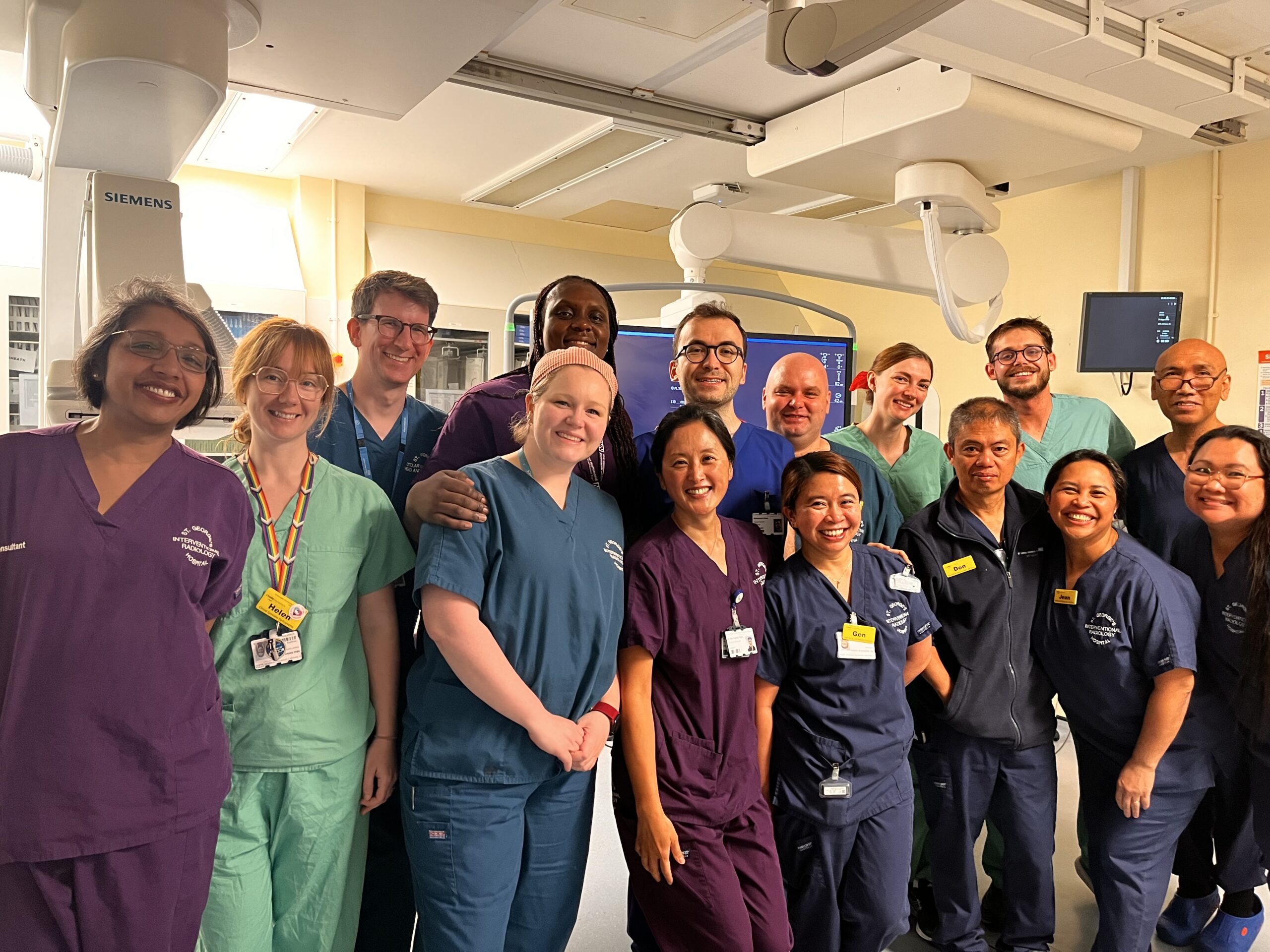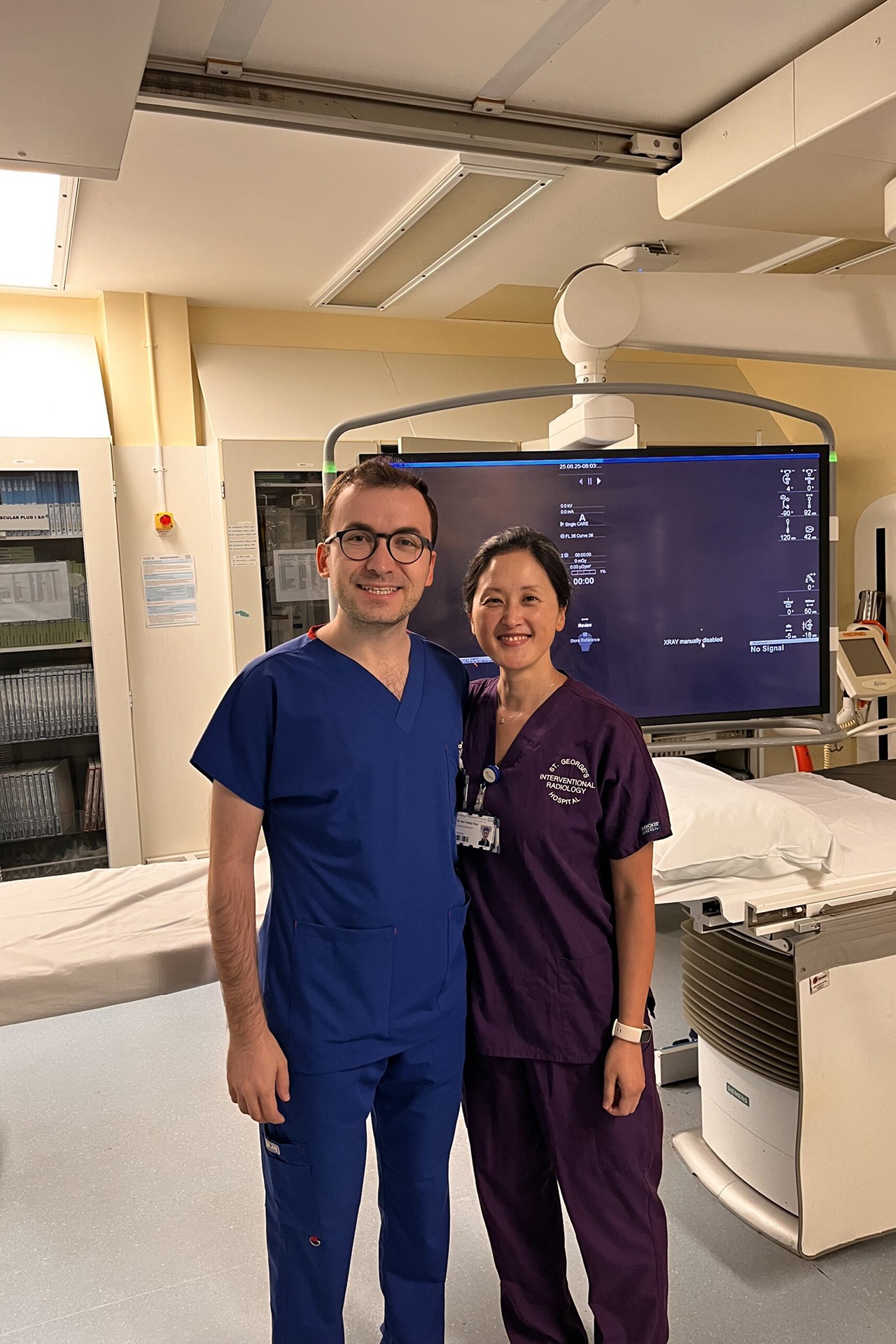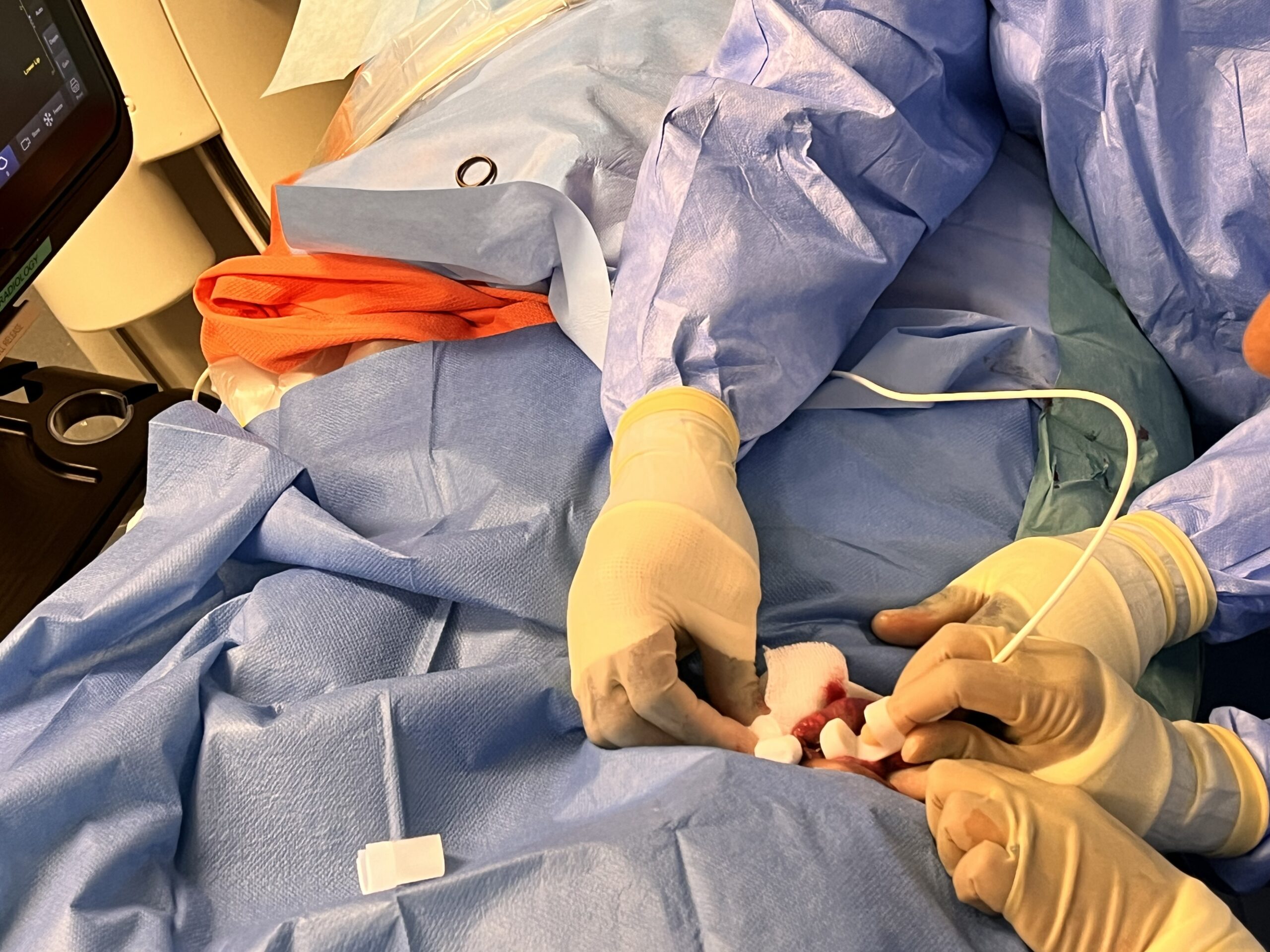By Dr. Muhammed Said Beşler
I am Muhammed Said Beşler, and I am currently serving as an associate professor in the Interventional Radiology Unit of the Department of Radiology at Istanbul Medeniyet University. In our clinic, we actively perform nearly the entire spectrum of interventional radiology procedures. I also continue my activities outside the clinic as the national representative in the CIRSE European Trainee Forum.
I would like to sincerely thank the CIRSE Board and the relevant committees for offering the fellowship grant programme—an invaluable educational opportunity for interventional radiologists. This programme represents an important step toward strengthening the network within the interventional radiology community, disseminating diverse experiences more widely, and ultimately serving humanity. It particularly attracted my interest as a means to enhance my clinical experience, gain exposure to different clinical schools of thought, strengthen my professional network, and broaden my interventional radiology perspective.
I applied to the Interventional Radiology Department at St George’s University Hospitals NHS Foundation Trust in London, one of the best IR clinics with its large and highly competent team of interventional radiologists, leading consultants in the field, and wide range of advanced procedures, and was accepted to the CIRSE Fellowship Programmme.



